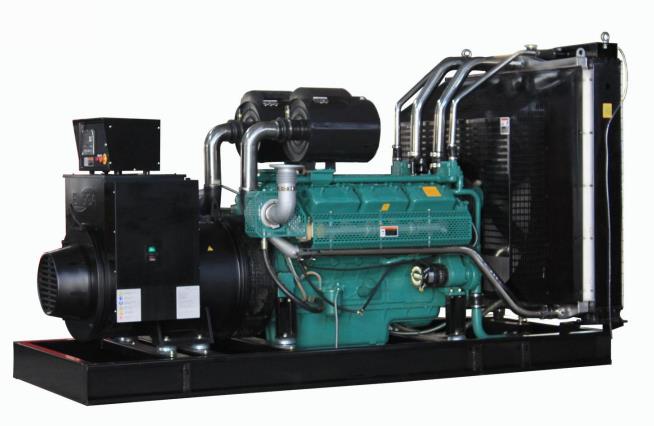
How do diesel engines produce energy?
The combustion of diesel (oil + gas) in the cylinder generates kinetic energy, which drives the crank-connecting rod mechanism connected to the piston to make reciprocating circular movements around the crankshaft to output power.
How is energy converted?
The chemical energy of diesel is converted into heat energy, and the heat energy is converted into mechanical energy.
What four strokes are composed of a four-stroke diesel engine?
Intake stroke (oil-gas mixing), compression stroke, power stroke, exhaust stroke, four strokes at each moment reciprocate cycle.
The crankshaft rotation angle in a working cycle of a four-stroke diesel engine?
A four-stroke diesel engine drives the crankshaft to rotate twice in one working cycle (180*4=720), and its power is theoretically twice that of a two-stroke (currently obsolete) diesel engine.
Diesel engine ignition method?
Diesel engines use diesel as fuel. Compared with gasoline, diesel has low natural temperature, high viscosity and is not easy to evaporate. Therefore, the diesel engine adopts compression ignition ignition at the end of compression and does not require a special spark plug.
How to achieve supercharging in diesel engines?
Compressing air is to increase the oxygen density in the air. When the oxygen density increases, the oil can be fully burned and the engine power is improved. The principle of turbocharging is that when the engine speed rises to a certain speed, the exhaust gas drives the turbine to rotate, and the turbine drives the compressor to work. The high-temperature and high-pressure gas passing through the compressor is cooled into low-temperature and high-pressure gas and input it into the cylinder, realizing the turbocharging process. Turbocharging actually increases torque/power.